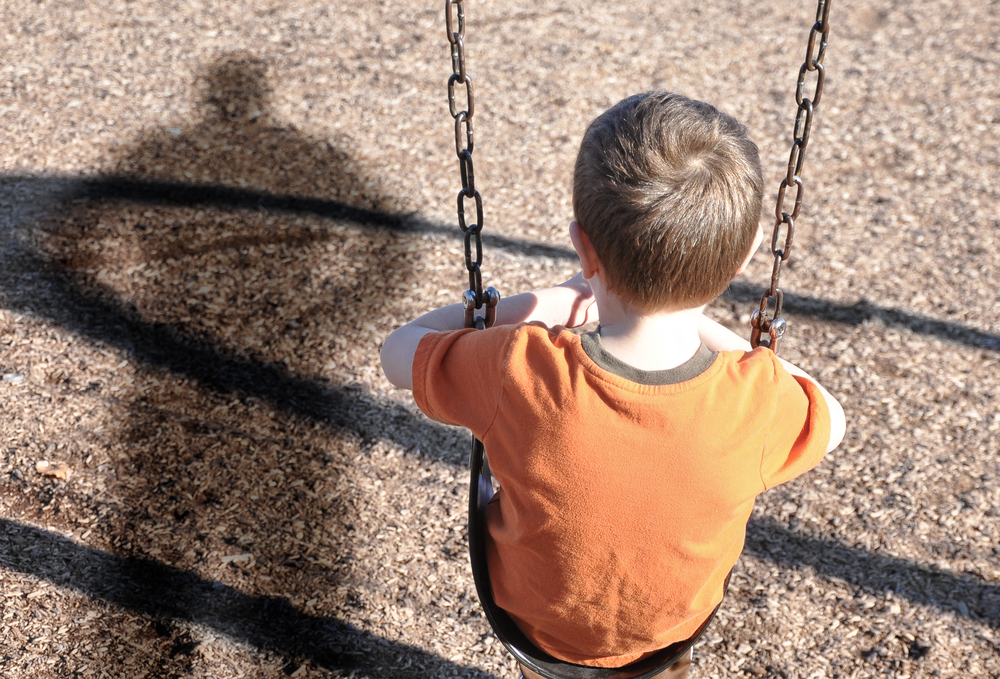Fibrocell Receives Rare Pediatric Disease Designation For FCX-007 To Treat Dystrophic Epidermolysis Bullosa (RDEB)
Written by |

Fibrocell Science, Inc., an autologous gene and cell therapy firm developing first-in-class treatments to address scleroderma and connective tissue-related diseases, recently announced that the United States Food and Drug Administration (FDA) has awarded a rare pediatric disease designation for FCX-007. This is the Fibrocell’s main orphan gene-therapy drug candidate to treat recessive dystrophic epidermolysis bullosa (RDEB). The company also has in pre-clinical development FCX-013, its second gene-therapy drug candidate for the treatment of linear scleroderma.
A “rare pediatric disease” is considered to be a condition that affects less than 200,000 people in the United States between the ages of birth to 18. There are between 1,100 to 2,500 RDEB patients in the United States and there is no cure for the disease.
A rare pediatric disease designation is even more relevant than an Orphan Drug designation since it augments the Orphan designation, which was granted and announced to Fibrocell in June 2014 for FCX-007 with the goal of treating dystrophic epidermolysis bullosa (DEB), which also includes RDEB.
David Pernock, the Chief Executive Officer and Chairman of Fibrocell, stated in a press release: “We are pleased that the FDA has granted our request to designate FCX-007 for the treatment of RDEB as a drug for a rare pediatric disease. FCX-007 may offer RDEB patients and their families the first therapy to treat the underlying cause of the disease, bringing hope and relief to what is today a painful, disabling and often fatal congenital disorder.”
“We are also pleased that the incentives offered by both the Orphan Drug and rare pediatric disease designations—including the potential to obtain a valuable Rare Pediatric Disease Priority Review Voucher from the FDA—could provide additional ways to create value for our shareholders,” Pernock concluded.
Recessive dystrophic epidermolysis bullosa (RDEB) is the most serious type of dystrophic epidermolysis bullosa (DEB) which is a progressive, congenital, painful and debilitating genetic disorder that causes death. It occurs because of a mutation of the COL7A1 gene that leads to problems in the type VII collagen which, in turn, is a protein involved in holding together the layers of the skin. Children suffering from the condition are called “butterfly children” since their skin is said to be as fragile as a butterfly’s wings.





